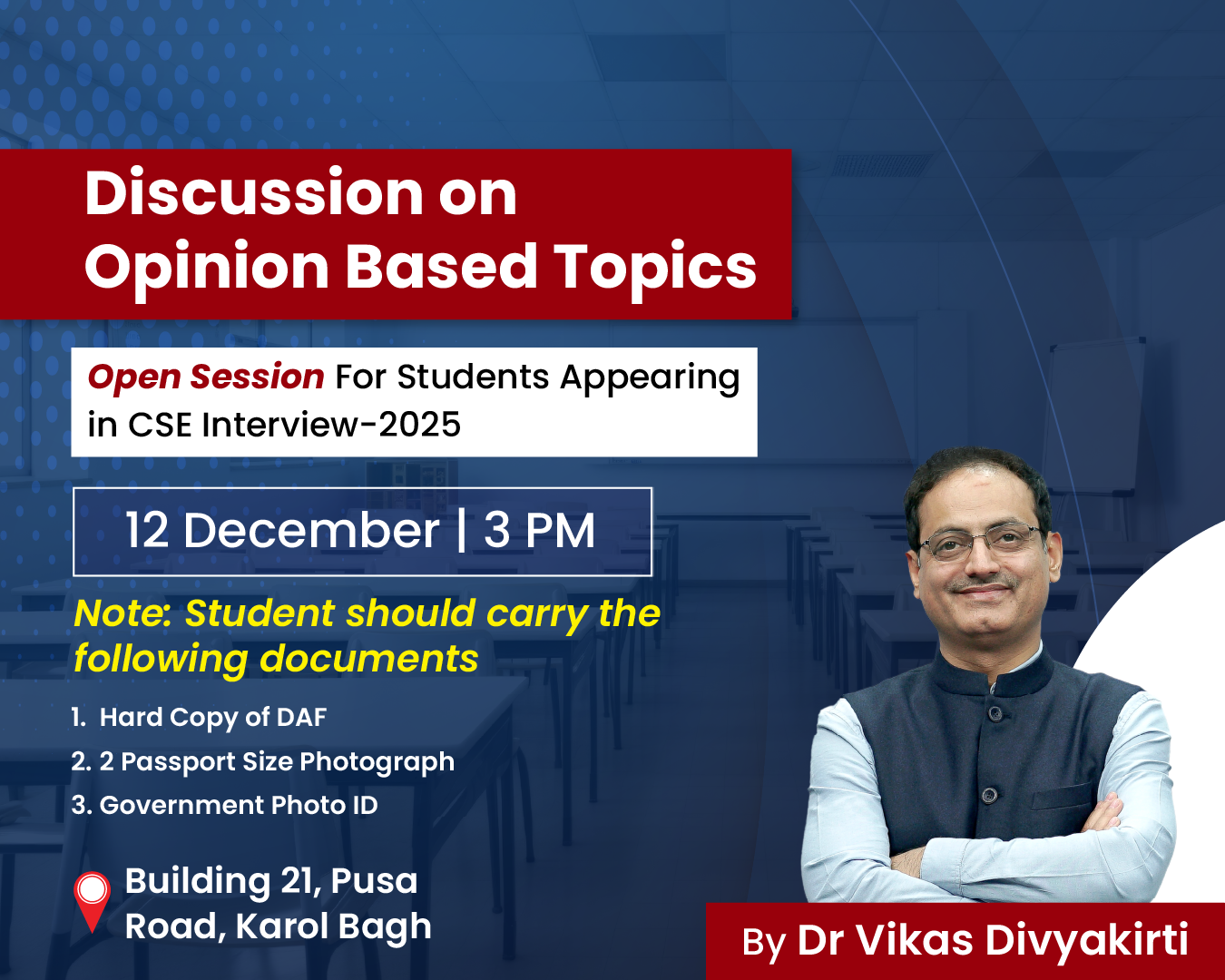-
02 Jul 2025
GS Paper 2
Polity & Governance
Day 15: "The U.S. Constitution provides for a strict separation of powers, whereas India's model is based on checks and balances within a fusion framework."Discuss with suitable examples from both systems. (150 words)
Approach :
- Begin by briefly explaining the doctrine of separation of powers.
- Compare and contrast its constitutional structure and institutional model between India and the USA .
- Discuss with suitable examples from both systems.
- Conclude with a scholarly remark.
Introduction :
The doctrine of separation of powers, propounded by Montesquieu, advocates dividing government authority among the Legislature, Executive, and Judiciary to avoid the concentration of power. While the United States implements a strict separation of these powers, India follows a blended system characterized by interdependence and checks and balances, aligned with its parliamentary structure and constitutional ethos.
Body :
Constitutional Design and Institutional Roles :
Feature United States (Strict Separation) India (Checks & Balances in Fusion Framework) Executive-Legislature Link The President is independent of Congress; not a member and cannot be removed easily Prime Minister and Council of Ministers are part of Parliament and accountable to it Judicial Role Judiciary is completely independent; landmark case: Marbury v. Madison (1803) The judiciary is independent but appointments involve executive input. Legislative Oversight Minimal direct control; President’s veto power checks Congress Parliament exercises control via no-confidence motions, question hour, and budget control. Removal of Executive The President can only be impeached for “high crimes and misdemeanors.” PM can be removed by a simple majority through a no-confidence motion Judicial Appointments Nominated by the President, confirmed by the Senate Collegium system with executive formal approval Veto and Ordinance Powers The President has strong veto power The President acts on the advice of the Cabinet; Ordinances are subject to judicial review (D.C. Wadhwa case) Examples from Both Systems
- United States (Strict Separation) :
- The President (Executive) cannot be a member of Congress (Legislature).
- The President serves a fixed four-year term and is not dependent on legislative confidence.
- The President can veto Congressional bills, which can only be overridden by a two-thirds majority.
- The judiciary is completely independent from the executive and legislature in both function and tenure.
- India (Checks & Balances in Fusion Framework):
- Article 75(3): The Council of Ministers is collectively responsible to the Lok Sabha, ensuring legislative control over the executive.
- Judicial Review:
- Indira Gandhi v. Raj Narain (1975): Asserted judicial authority over electoral disputes.
- Minerva Mills v. Union of India (1980): Reaffirmed that Parliament cannot alter the Constitution’s basic structure.
- Article 123: The President’s ordinance-making power is subject to judicial scrutiny (D.C. Wadhwa v. State of Bihar, 1987).
Conclusion :
While the U.S. model ensures complete autonomy of each branch, India's Constitution provides for a coordinated interaction among organs, maintaining balance without rigid separation. As M.P. Jain (Indian constitutional law scholar) aptly observed:
“In India, the doctrine of separation of powers is not applied in its strictest form. There exists a separation of functions rather than of powers, with necessary checks and balances to prevent abuse.”
India’s flexible model fosters efficiency, accountability, and constitutional resilience, suited to its diverse and evolving democratic landscape.





